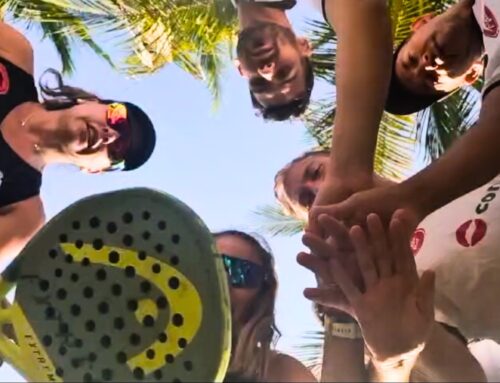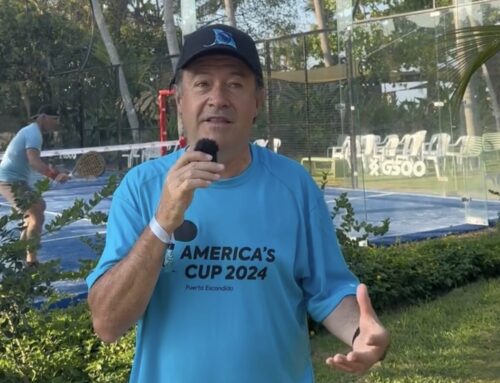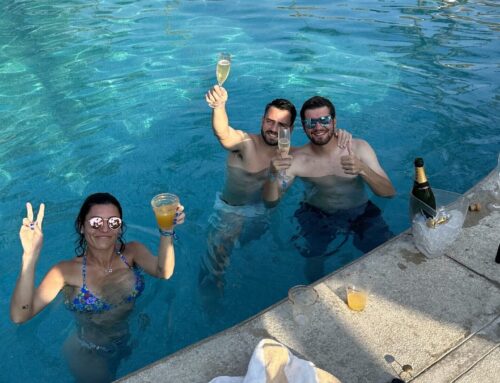We caught up with Ricardo Angeles ahead of the America’s Cup to chat about his connection to Padel and how the trophies for the tournament came to be.
(this has been edited for clarity)
1. Your store, Jacobo and Maria Ángeles Workshop started in 1994. How did start?
We are a workshop of artisans and craftsmen, dedicated to the manufacture of Tonas and Nahuales. Our philosophy is based on the community, which in Zapotec is called “Guelaguetza” and is developed in three main axes: Share what you have, teach what you know and contribute to your town. At the time the work was mainly focused on the countryside, very few were engaged in wood cutting. And on the other hand, there was also a strong predisposition to migration. Since 1994, the workshop has been functioning as a school of arts and crafts, giving opportunities to our employees to recognize their talents, have a decent living environment and develop professional and professional skills.Generating jobs, reducing migration and strengthening the pride and roots of young people.
2. How did you get into wood carving and hand decoration?
This project arises from the knowledge inherited from generation to generation in the art of carving wooden figures, transmitted by the families of Jacobo Ángele Maria Mendoza. It is thanks to her empirical research — of life — on pre-Columbian Mesoamerican symbolism, especially the Zapoteca, that it is defined an aesthetic search that today has characterized the workshop through its plastic solutions, technical and compositive. This research has been combined with other knowledge that forms part of his family context, in relation to the traditional style of the region. Giving as a result an artistic production that reinterprets the iconographic values that have shaped their perspective as artisans and artists.
3. What’s your connection to Padel? When did you first hear about it?
Last year I started practising Padel after reading an article from a Mexican journalist who recommended it. Coincidentally, a friend of mine who had seen it when I was in Europe and knew how to play, he returned to Oaxaca. We started going together to the Padel fields in the city. There are several options available. Finally, last year, I purchased my first Padel racquet.
4. How did you get to become the trophy maker for the America’s Cup? How did that come about?
We met Helwig several years ago, and has since followed our workshop. When he invited me to be part of the sponsors, we were honoured to do it because we are a fan of the sport.
5. Tell me about the trophy. How long did that take to make? Was it inspired by local roots? What does it represent?
Making the trophy was done through practices that require a sharp concentration. It came from the development of skill and experience. Like the sport, the art means to engage physically and mentally. These activities promote the recreation of individuals, they help us to grow. At the Jacobo and Maria Ángeles Workshop we are interested in the development of the professions, the arts and the sport, as they are a way to generate alternate economies that empower you to the periphery and the populations that we dedicate to them.
We deliver to the America’s Cup a series of seven pieces carved in copper wood, which relate to our symbolism, as we rely on the flora and fauna of the region in the visual and composition development of our pieces. The Eagle, for example, represents the third power of Zapotec culture. It is a cautious leader. Determined and tenacious. It has a strategic vision to fulfil its goals. The workshop has always shown solidarity with the sporting environment of the community, and in the latter case the country, so this is not the first collaboration we have with sport, nor will it be the last.

____
See the full Jacobo and Maria Ángeles Workshop here.







